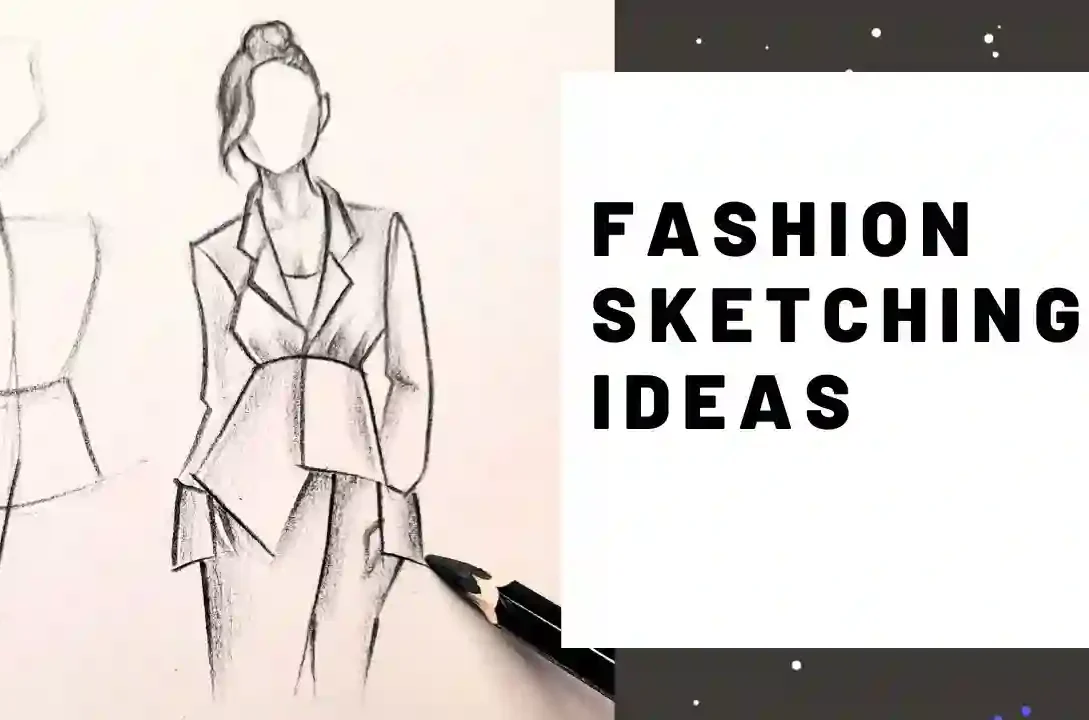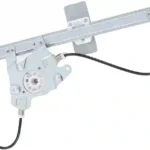Accessories are the finishing touches that transform an outfit from ordinary to extraordinary. In the world of fashion illustration, capturing the essence and details of accessories like bags, shoes, and more is a vital skill. These elements add depth, character, and personality to the overall look. In this article, we’ll delve into the art of illustrating accessories, exploring the intricacies of bringing bags, shoes, and various fashion embellishments to life on the canvas.
1. Bags:
Bags are a staple in the world of fashion, and illustrating them correctly can make or break an outfit in a fashion drawing. Here’s how to master the art of drawing bags:
Clutch Bags: Clutch bags are elegant and compact. When illustrating them, pay attention to the fold-over flap, closure details (such as buttons or zippers), and any embellishments like sequins or metallic accents.
- Tote Bags: Tote bags are versatile and practical. Highlight their sturdy straps, spacious interior, and any pockets or compartments. Consider adding subtle branding or patterns for added authenticity.
- Crossbody Bags: Crossbody bags are known for their hands-free convenience. Sketch the long strap that goes across the chest or shoulder, and emphasize the bag’s shape, whether it’s rectangular, round, or a unique design.
- Backpacks: Backpacks are a functional and trendy accessory. Focus on the two straps that go over the shoulders, the main compartment, and any external pockets or zippers. Include details like buckles, drawstrings, or decorative stitching.
- Designer Bags: Designer bags often have signature features. If you’re illustrating a designer bag, capture the iconic logo or emblem, unique hardware, and any distinct patterns or materials that set it apart.
- Texture and Materials: Pay attention to the texture and materials of the bag. Whether it’s leather, canvas, suede, or patent, these details can greatly impact the overall look. Use shading and texture strokes to convey these aspects effectively.
2. Shoes:
Shoes are an essential part of fashion illustration, and drawing them accurately requires attention to detail and proportion. Here are some tips for illustrating shoes:
- High Heels: High heels come in various styles, from stilettos to block heels. When drawing them, focus on the heel height, arch, and the curvature of the sole. Accentuate straps, buckles, or any decorative elements.
- Sneakers: Sneakers are a versatile footwear choice. Illustrate the shape of the sneakers, emphasizing details like the laces, sole, and any branding or logos. Show the tread pattern on the sole for authenticity.
- Boots: Boots can be knee-high, ankle-length, or somewhere in between. Highlight the shaft height, heel style (if any), and closures like zippers, laces, or buckles. Don’t forget to illustrate the sole and tread for a complete look.
- Flats: Flats are known for their comfort and simplicity. Sketch the shape of the flats, whether they’re ballet flats, loafers, or moccasins. Add details like bows, tassels, or stitching for character.
- Sandals: Sandals vary widely in design. When drawing sandals, focus on the straps, soles, and any embellishments like beads, gems, or decorative stitching. Consider the type of closure, whether it’s a buckle or Velcro.
- Texture and Materials: Just like with bags, the texture and materials of shoes are essential. Whether it’s suede, patent leather, canvas, or rubber, use shading and texture strokes to convey the material accurately.
3. Jewelry:
Jewelry can elevate an outfit and add a touch of glamour or elegance. When illustrating jewelry, consider the following:
- Necklaces: Sketch the necklace’s length, style (e.g., pendant, choker, or statement piece), and any details like gemstones or intricate designs. Pay attention to how the necklace drapes on the neck or chest.
- Earrings: Earrings come in various styles, including studs, hoops, and dangles. Illustrate the shape and size of the earrings, as well as any embellishments like pearls, diamonds, or unique motifs.
- Bracelets: Bracelets can be bangles, cuffs, or chain bracelets. Highlight the style and design of the bracelet, including closures like clasps or hooks. If there are charms or pendants, include those details.
- Rings: Rings vary in design, from solitaire engagement rings to stackable bands. When drawing rings, emphasize the stone or centerpiece, the band style (e.g., plain, engraved, or filigree), and any unique settings.
- Watches: Watches combine functionality and style. Illustrate the watch face, hands, numerals or markers, and the wristband’s design. Consider the type of closure, whether it’s a buckle or a deployment clasp.
- Texture and Materials: The choice of metals (gold, silver, rose gold) and gemstones greatly impacts the appearance of jewelry. Use shading and texture strokes to convey the materials and sparkle of gemstones effectively.
4. Scarves and Shawls:
Scarves and shawls are versatile accessories that can add warmth and style to an outfit. Here’s how to capture their essence in fashion drawings:
- Silk Scarves: Silk scarves are known for their luxurious feel. Sketch the smooth, flowing drape of the scarf, and highlight any intricate patterns, prints, or knots that add visual interest.
- Woolen Scarves: Woolen scarves provide warmth and texture. Illustrate the cozy thickness of the scarf, the texture of the wool, and any fringed ends or tassels. Show how the scarf wraps around the neck or shoulders.
- Shawls: Shawls can be elegant and dramatic. Capture the wide expanse of the shawl, the intricate patterns or lacework, and the way it drapes gracefully over the shoulders or arms.
- Tying Techniques: When illustrating scarves and shawls, explore different tying and draping techniques. Whether it’s a French knot, a casual loop, or an asymmetrical drape, these details can transform the look of the accessory.
5. Hats:
Hats are not only functional but also a fashion statement. When drawing hats, consider the following:
- Hat Styles: Hats come in various styles, including fedoras, beanies, berets, and wide-brimmed sun hats. Sketch the shape of the hat, the brim width, and any distinctive features like bands or bows.
- Texture and Materials: Just like with bags and shoes, the texture and materials of hats are essential. Whether it’s straw, wool, felt, or leather, use shading and texture strokes to convey the material accurately.
- Head Proportions: Pay attention to the proportions of the hat in relation to the head of the fashion figure. Ensure that the hat sits naturally on the head without appearing too large or too small.
6. Belts:
Belts are both functional and fashionable. When illustrating belts, consider the following:
- Belt Styles: Belts come in various styles, including thin waist belts, wide statement belts, and cinch belts. Illustrate the width, buckle style, and any decorative elements like studs or embroidery.
- Placement: Show how the belt cinches the waist or enhances the outfit. Pay attention to the belt’s positioning and how it interacts with other clothing items like dresses, tops, or skirts.
- Texture and Materials: Similar to other accessories, belts can be made from various materials like leather, fabric, or metal. Use shading and texture strokes to convey the material effectively.
In conclusion, illustrating accessories like bags, shoes, jewelry, scarves, hats, and belts is an essential skill for fashion illustrators. These details add character and personality to fashion drawings, bringing outfits to life. By paying attention to the intricate features, textures, and materials of accessories, fashion illustrators can create captivating and authentic representations of fashion ensembles, allowing viewers to appreciate the full scope of the outfit’s charm and style.














